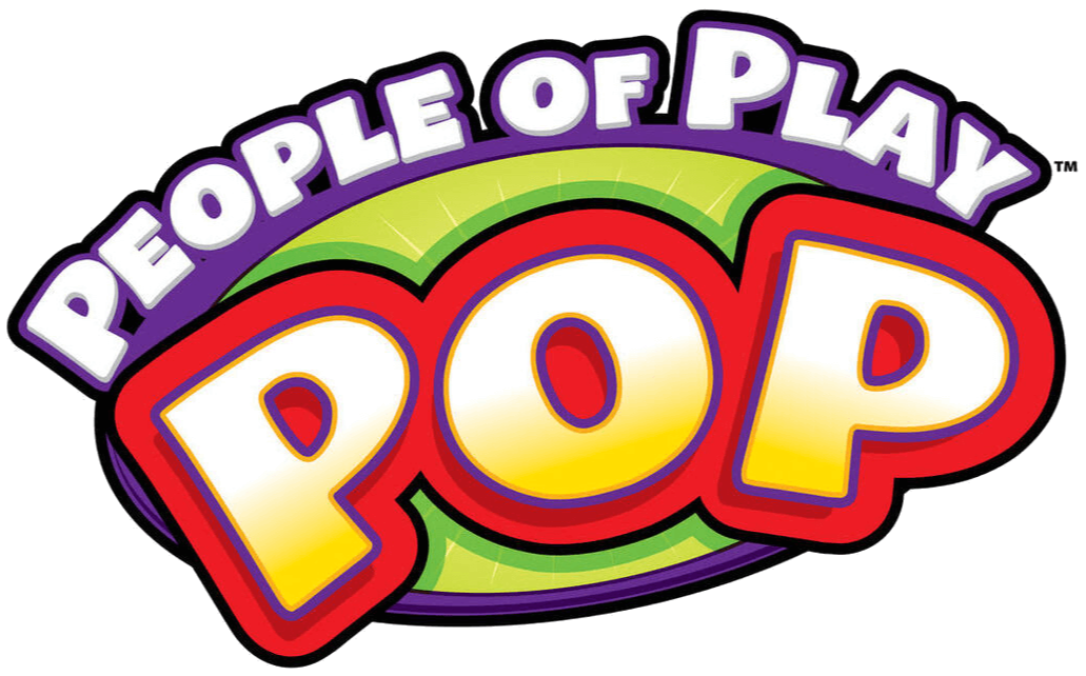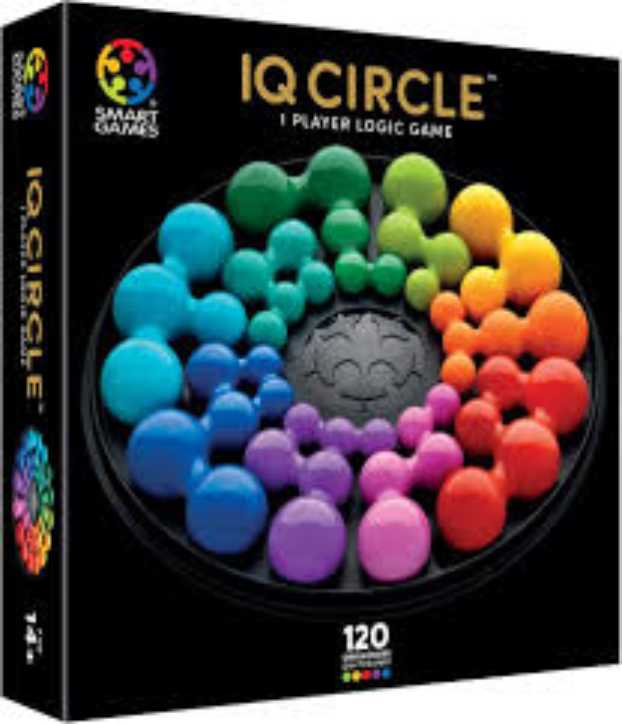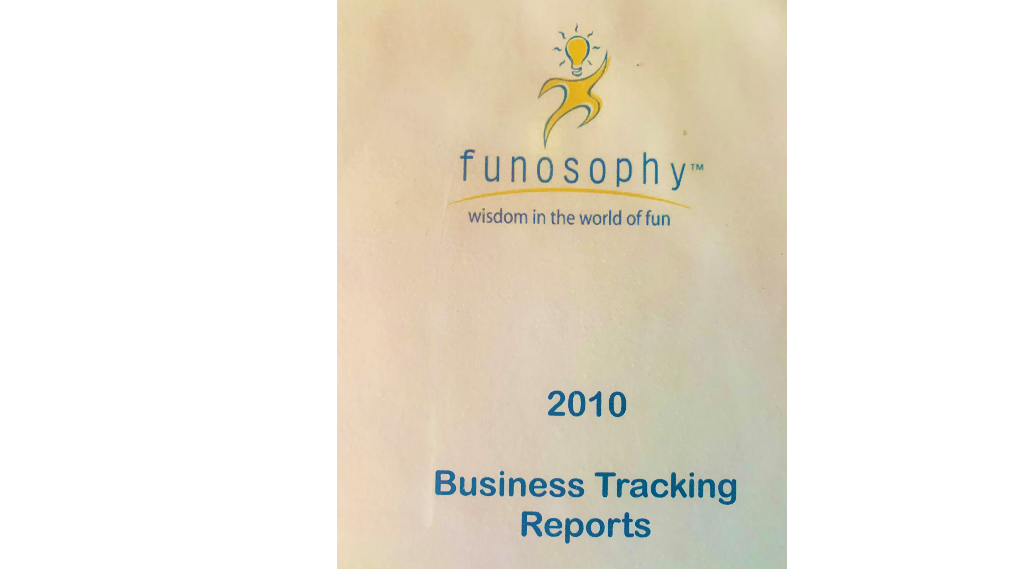Attention Entrepreneurs! 4 Tips on Cranking Up the “Revenue Machine”
By Nancy Zwiers
Thank goodness for “The Entrepreneurial Edge,” my entrepreneurial training program, in which the following hard reality was hammered home: The “Spending Machine” is always up and running with ease, but it takes a great deal of effort to get the “Revenue Machine” cranked up.”
I founded my consulting and invention firm Funosophy in 2000, after 20 years in corporate America, and was a beginner at new business development. I put my entrepreneurial training into practice and, as the rainmaker for my firm, I was able to generate multi-million-dollar annual revenue that sustained my company over 16 years before I returned to the corporate world.
Some of the most important lessons on revenue generation that I put into practice.
1. Understanding the five stages of an entrepreneurial journey gives you needed perspective during the most difficult stage:
- Formulation—you’re formulating your business proposition
- Concentration—a difficult period of concentrated effort where your efforts dramatically outstrip your results.
- Momentum—finally(!) you generate momentum wherein your results start to outstrip your efforts.
- Stability—you achieve a level of stability
- Reinvention—change is inevitable, so eventually you need to reinvent to keep growing. And then the cycle starts all over again…
Some entrepreneurs stay in Formulation because it is fun, freewheeling, and feels safe...there is no one to say “no.” However, Concentration is where lift-off really happens. This is a danger zone where many entrepreneurs give up…it feels like what you’re doing is not working well enough, but if you stay in action and keep learning from experience, you can have faith this most difficult period will be followed by momentum. This aligns with the concept of the fly wheel. Keep this perspective close at hand to give you encouragement when you need it most.
2. Avoid capabilities presentations. After two experiences with capabilities presentations, I stopped forever. I realized that in both cases, I squandered valuable face time with the prospect by talking about my business instead of theirs. It is much better to do your research and have in mind how you can help the prospective client. Talk about the growth opportunities you see for them. Toy Fair and Licensing Show were ideal for opportunity identification.
3. In generating revenue, focus on cause, not effect. When you understand revenue as an “effect” you’re forced to clarify what is the “cause” and you can devote your attention to driving that. In my consulting business, the cause of revenue was a written proposal sent to a prospective client. In my new business development, I didn’t try to convince people to do business with us; rather, I asked them if they were willing to receive a proposal about an opportunity that I had identified for them. Because the proposal addressed a real opportunity, it often had the motivational effect of dangling a carrot. Importantly, the more proposals I wrote, the more revenue I generated.
4. And finally, my coach urged me to identify the revenue metrics that I would track every day, every week, every month, and every year. The four metrics I chose to track for 16 years were:
-
- $ Value of proposals written
- $ Value of proposals accepted (I tracked my % acceptance on a dollar basis monthly)
- $ Value of invoices sent
- $ Value of Revenue received
I felt like I had some control over writing proposals and keeping score week-in, week-out made it feel like a game. Just like a game of tennis is more fun than simply volleying back and forth, new business development becomes a game when you keep score. (Bonus learning: hiring a coach gives you an accountability partner—I sent my weekly results to my coach every Friday).
When I shifted our focus to invention, the key metrics to track were # of invention submissions, $ Value of options, $ Value of advances, and $ Value of royalties received.
It has been said: We measure what we care about, and we care about what we measure. What are you measuring in your business? What four measures of revenue success can you track consistently to focus and gamify your new biz dev efforts?
Recent Blogs
Recent Blogs

Industry Commentary, Op-Ed
The Top 25 POP Profiles of 2025

Biographies and Interviews
Ben Krenz Talks Moose Games, The Rise of Kidults, and More!

The Bloom Report
The Bloom Report Issue Archive

Play Through History
The Lives They Lived: Rest in Play Edition 2025

The Bloom Report
Toy and Game People Obituaries - RIP - Rest in Play
See more
Recent Wiki

BOOK REVIEWS
Game Review: Cats & Boxes

PEOPLE
Ana Maria, Founder of The Magical Underland Inc., Rings in the Holidays with a new kind of Christmas Tree

BOOK REVIEWS
Game Review: IQ Circle

PEOPLE
Catching up with Eric Olsen, The Inventor of Flip 7 and Co-Creator of Messy Table Games

BOOK REVIEWS
Book Review: Happytecture by Anna Devís & Daniel Rueda
See more
POP's Got Talent

POP Entertainment
Randy Klimpert Shares his Ukulele Collection

POP Entertainment
Steve Casino Peanut Art

POP Entertainment
Everyone's Talking about POP!

POP Entertainment
Princess Etch - a Multi-Talented Etch A Sketch Artist

POP Entertainment
Joseph Herscher of Joseph' s Machines.
See more
Recent POPcast

Hidden Role: The Brains Behind your Favorite Games
Connie Vogelmann designed Apiary & Wyrmspan!

Hidden Role: The Brains Behind your Favorite Games
Bob Fuhrer... Is THE Crocodile Dentist!

Hidden Role: The Brains Behind your Favorite Games
Tom Dusenberry... Bought Atari, Wizards of the Coast, and Avalon Hill!

Hidden Role: The Brains Behind your Favorite Games
Matt Leacock created Pandemic... the game!

Hidden Role: The Brains Behind your Favorite Games
Scott Brown and Tim Swindle... are Launching a New Sport!
See more
POPDuos

POPDuos: Interviews with Legends and Leaders
POPDuo: Richard Dickson, Mattel’s President & COO, and Kedar Narayan, Young Inventor Challenge AMB

POPDuos: Interviews with Legends and Leaders
POPDuo: Will Shortz and Josh Wardle

POPDuos: Legends and Leaders Explore Creativity
POP Duo: Elan Lee, Co-Founder, Exploding Kittens.and Jeff Probst, Host and Exec Producer, Survivor

POPDuos: Legends and Leaders Explore Creativity
POP Duo: David Fuhrer, MNG Director, Blue Sq Innovations & Shawn Green, past Dodgers & Mets MLB Star

POPDuos: Legends and Leaders Explore Creativity
POP Duo: Bob Fuhrer, Founder, Nextoy and Tom Fazio, Golf Course Designer
See more
















